Watercolor Prints
Don Hyatt has enjoyed painting watercolors of his favorite plants and at one time did offer prints for sale. Due to shipping problems and delays, he no longer is in the mail order business. He has now retired and no longer sells his artwork but gives pieces to close family members and friends. Images and some discussion of these prints can be seen below on this page.
Azalea Series: "Prunifolium" and "Redwing" - (Limited Edition Prints)
The first prints Donald Hyatt had reproduced were made of two original watercolor
paintings of azaleas. One illustration is of Rhododendron prunifolium, a rare native
azalea with beautiful red flowers. It blooms in late summer and is the signature flower of Callaway Gardens in Georgia.
He painted the other watercolor of the patented azalea hybrid, Redwing, an
outstanding plant with large, ruffled rose-red flowers. See example graphics of each print below.
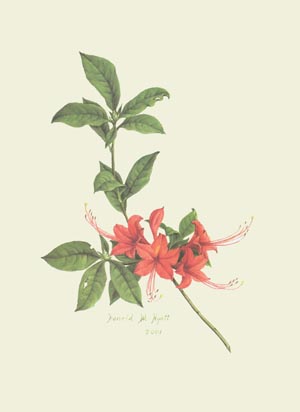
Rhododendron Prunifolium
|
|
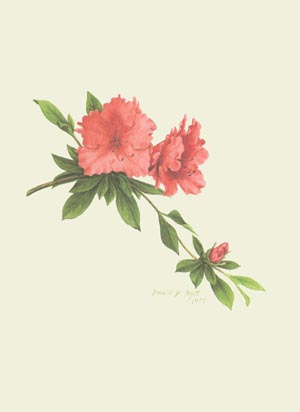
Azalea Redwing
|
Prints measured 9 x 12 inches and fit comfortably inside a 7 1/2
x 9 1/2 opening for a double mat frame size
of 11 x 14 or larger. Two thousand lithograph prints were carefully reproduced on heavy, 100-pound acid-free
Mohawk paper using a quality Heidelberg press.
Each print was signed, numbered, and provided with a certificate of authentication including a brief botanical
history suitable for attaching to the back of the frame.
Other Botanical Prints
In addition to the two azaleas listed above,
Don reproduced fourteen other botanical prints including five of
native plants and wildflowers, such as the Dogwood, Pink Lady's Slipper, Rhododendron maximum,
Virginia Bluebells, and another native azalea, Rhododendron vaseyi.
In a series he painted of familiar "Roadside Wildflowers", he offered six prints including the Black-Eyed-Susan, Oxeye Daisy,
Chicory, Bouncing Bet, Daylily, and Queen Annes Lace. There were 3 other prints he listed as
"Southern Favorites" which includes two camellias and a watercolor of the Peanut Plant that he painted as his personal tribute to President Jimmy Carter.
All of these images were printed
on heavy, archival quality white paper in a size measuring 8.5 inches by 11 inches using
a Giclee type process. They similarly fit
well inside a standard 11 by 14 inch double mat and frame. Images of each watercolor are
posted below although effective colors on the Internet vary depending upon the monitor. Each
print was carefully reproduced and true to color for the original watercolor and were signed by the artist but only as needed so they were not numbered. Quantities were much less than his limited edition series of the first two prints. Each print came with a brief botanical history suitable for attaching to the back of the frame.
Native Plants and Wildflowers
Don has been particularly fond of wildflowers, and has several prints including the lovely Dogwood,
Cornus florida, the state tree and flower of his native Virginia. He also has paintings of the Pink Lady's Slipper, a native orchid he admired so much as a child, as well as Rhododendron maximum and Virginia Bluebells. His most recent addition to this section
was of the relatively rare
Rhododendron vaseyi, the Pink Shell Azalea, one of our most charming native azaleas. Its natural range is quite small, essentially populating just two mountainous regions of North Carolina above 4000 ft in elevation, one near Mount Pisgah and the other near Grandfather Mountain.
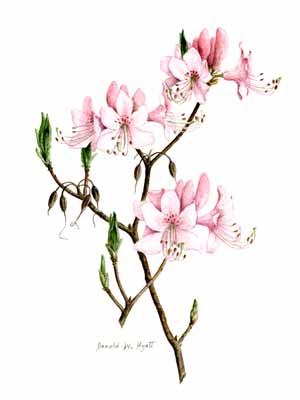
Rhododendron vaseyi
|
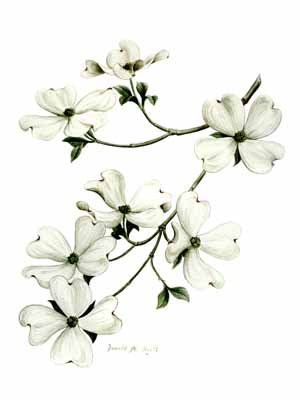
Dogwood
|
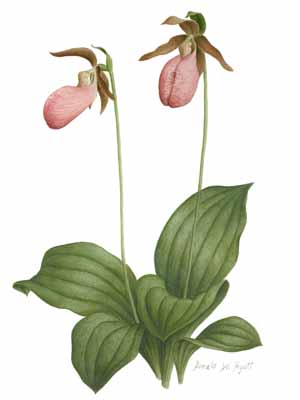
Pink Lady's Slipper
|
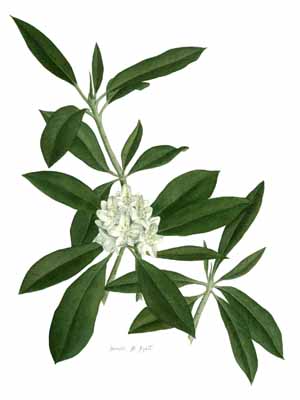
Rhododendron maximum
|
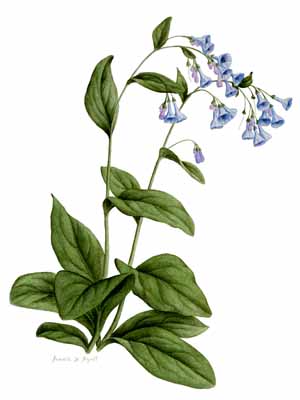
Virginia Bluebells
|
Roadside Wildflowers
The following series are images of common roadside wildflowers, many of which were brought to
to North America by the early settlers. They have since escaped cultivation and commonly
bloom along our highways every summer.
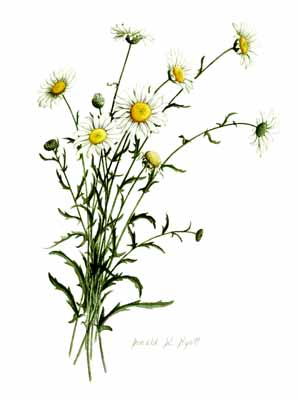
Oxeye Daisy
|
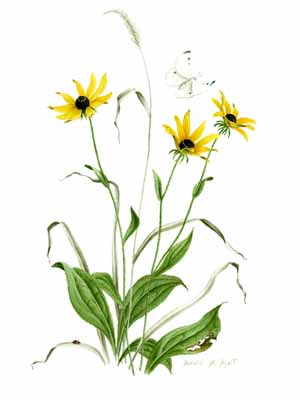
Black-Eyed-Susan
|
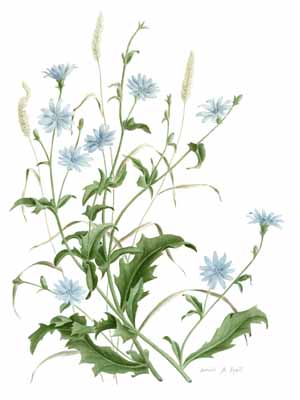
Chicory
|
|
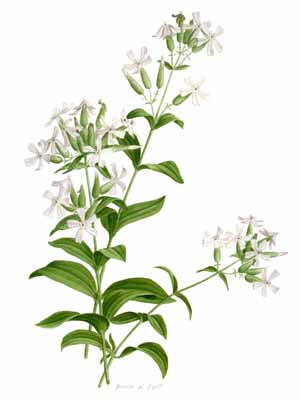
Bouncing Bet
|
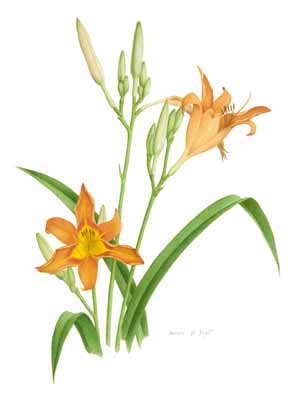
Daylily
|
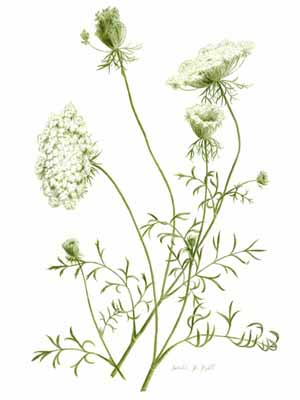
Queen Annes Lace
|
Other Southern Favorites
Don groups the following plant portraits together as favorites in the southern United States
inlcuding two pictures of Camellia japonica hybrids, and one of the interesting
Peanut Plant which shows not only the flowers and leaves, but how the peanuts are formed
at the end of long tendrils that find their way into the soil after pollination. Use of that image was purchased for some publicity by a national organization and appeared in posters on the New York Subways at one time.
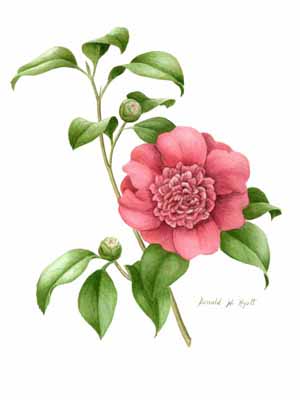
Pink Camellia
|
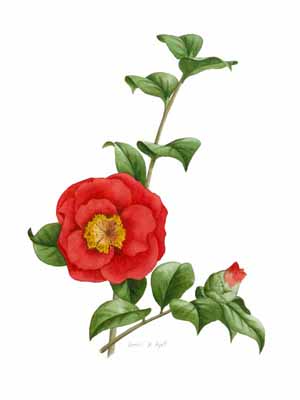
Red Camellia
|
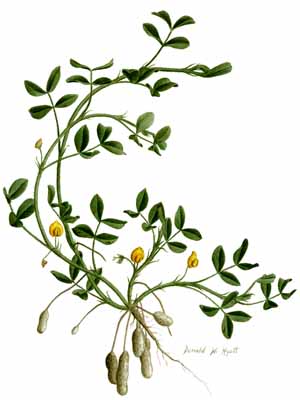
Peanut Plant
|
|